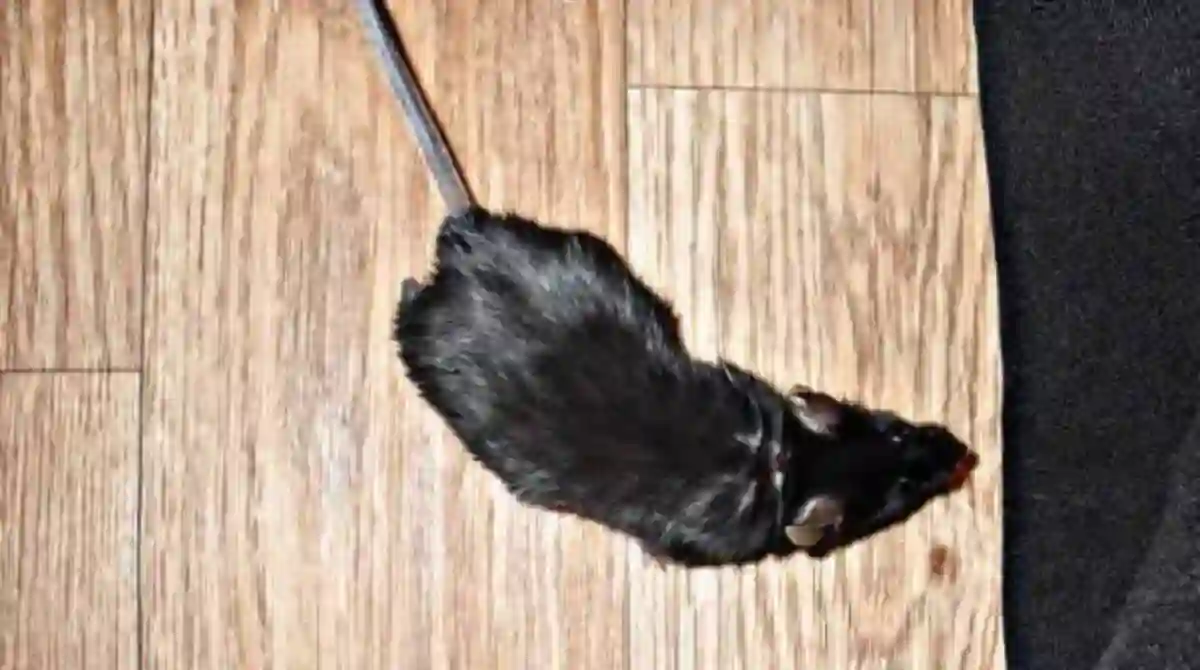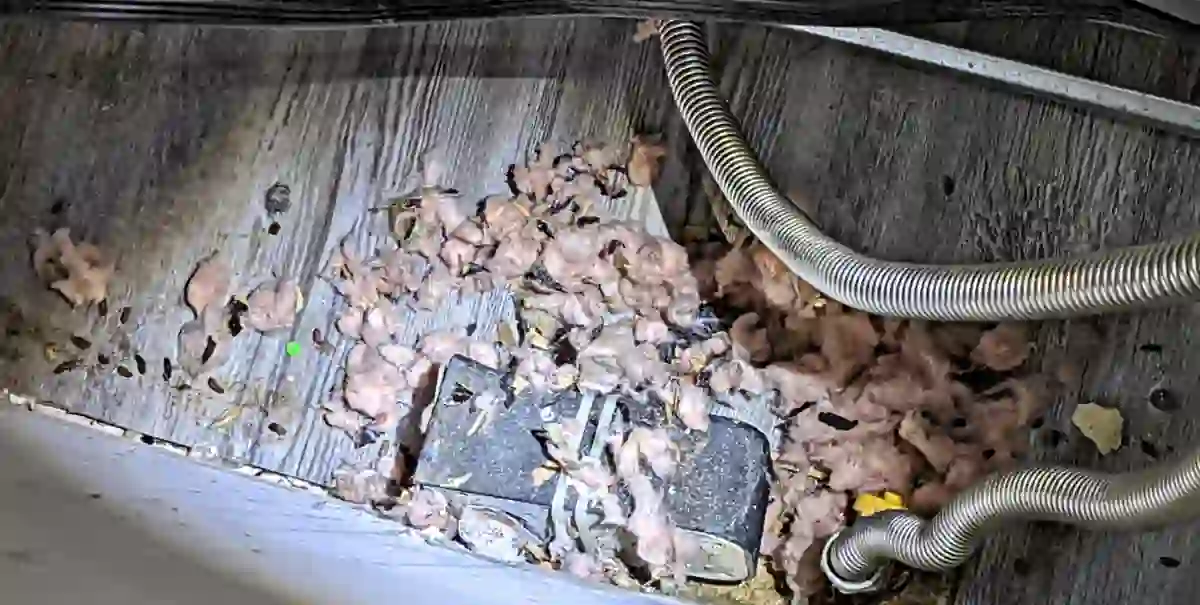If you’re facing issues with furry creatures such as rats devouring your fruits before you get a chance, or using trees as a means to reach your roof and attic, you need to make rat guards for trees. It involves rounding sheet metal on the trunks to deter their climbing attempts. Moreover, it deters rats that may prey on baby birds and eggs.
How to make rat guards for trees

Rat guards placed on tree trunks prevent rats from accessing the trees. These guards can be made using a piece of sheet metal that is 18-24 inches wide and long enough to cover the circumference of the tree with an additional two inches. Below are the steps to make rat guards for trees:
1. Build your tree guard
Secure the ends of the sheet metal without damaging the tree using a piece of wire shaped like a large staple.
2. Position it on the trunk
Position the wire against the trunk of the tree and insert both ends of the wire through holes in the sheet metal. Bend the wire outward to secure the rat guard together.
In the case of a tree with a short or forked trunk, build a 2-foot-tall (60 cm) sheet metal wall around the tree to minimize rodent access.
3. Position the sheet off the ground
Most importantly, position your sheet metal band approximately 4 feet off the ground since rats can only jump up to about 3 feet vertically, according to the Illinois Department of Public Health.
4. Keep the sheet metal from the tree canopy
When attaching the sheet metal to the tree, ensure that the attachment wires are several feet away from the tree’s canopy. This precaution prevents rats from using the wires as a means to access higher parts of the tree. Protect the nesting sites by placing sheet metal cones approximately 3 feet off the ground.
5. Distant the sheet from your fence
If wires pass through the crown of the tree or if the tree comes into contact with a fence or branches of another tree, rat guards will be ineffective. In such situations, isolate the tree for the rat guards to function properly. You also want to maintain proper sanitation and remove all fallen fruit to discourage rat presence.
Other methods of rat guards for trees
Below are other methods regarding how to make rat guards for trees:
1. Tree guards made with wire
You can build a durable tree guard of any size with wire cutters and materials such as chicken wire, metal hardware cloth, or metal fencing material. First, cut the wire fencing material to your desired length, allowing extra room for the tree trunk to grow over the next four years.
The height of the guard should typically range between 2 and 5 feet. Form the wire material into a cylinder shape, encompassing the tree trunk, and bury it about 2 inches into the soil. This will secure it in place and help deter rodents.
Connect the edges of the fencing material using wire and ensure it is properly closed. For more stability, add gravel to the base of the guard. If you require more spacious tree guards, I recommend a sturdy wire fencing material. Shape it into a large square or cylinder around the tree.
2. Plastic tree guard for rat
You can make rat guards for trees with economical and environmentally friendly recycled materials such as milk jugs or 2-liter bottles. Do the following:
- Split the bottles down the side and remove the tops and bottoms.
- Create a small hole in the side of each bottle or jug.
- Place the bottom bottle or jug in the soil, burying it a few inches deep.
- Position each subsequent bottle or jug on the outside of the one below it.
- Weave a string through the holes in the sides of the bottles to secure your tree guard against rats.
- Set a wooden stake near the tree and tie the string to it, ensuring the guard remains in place.
3. Corrugated plastic rat tree guard
Affordable corrugated plastic drain pipes purchased at hardware stores can be an excellent option for building tree guards for rats. The pipe you buy should be large enough to accommodate several years’ worth of tree growth and allow for proper airflow. Do the following:
- Cut the pipe to the desired height and split it down the side.
- Gently pry open the split and slide the pipe around the tree trunk.
- Bury the plastic portion of the pipe a couple of inches deep into the soil to secure it in place.
This method provides a practical and effective way to protect tree trunks from rats while maintaining airflow.
4. Wooden tree guards
If you need a more visually appealing tree guard, consider a fence or bench around your tree using a 2-by-4. Design the fence or inner area of the bench to provide ample space for the tree’s future growth. Depending on your preference, you can construct the guard in a triangle, square, or pentagon shape around the trunk. Also, sand the wood and apply a sealant that helps protect it from the elements.
If necessary, add an extra touch of aesthetics by applying a stain or paint to the fence or bench before sealing it. This approach not only provides protection but also adds a decorative element to enhance the overall appearance of your tree.
Read also: tips by experts to deter rats from your AC






